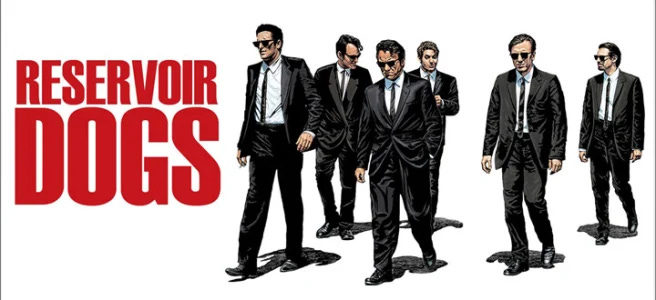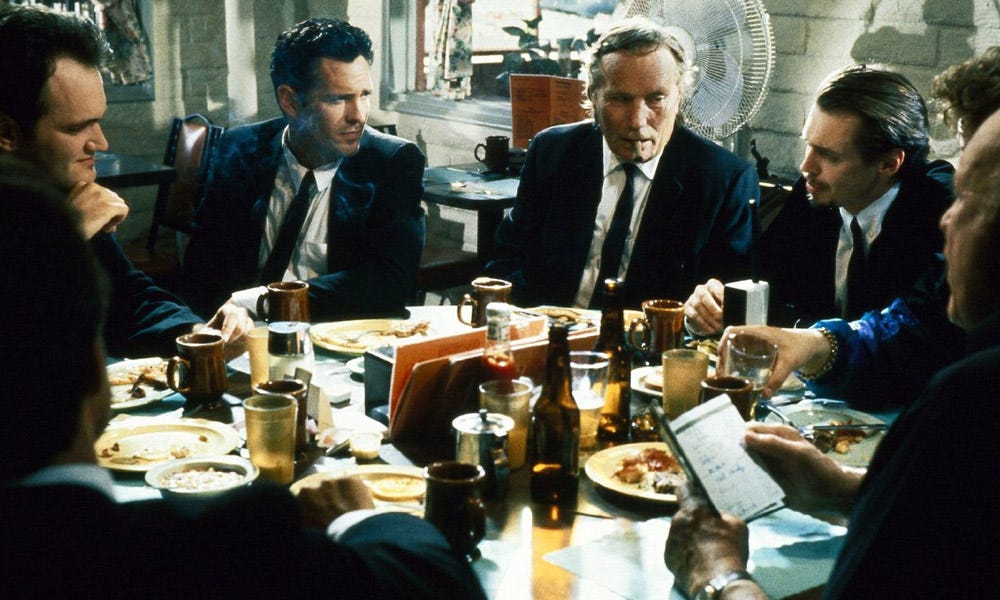Key elements: Sound
There are two types of sound. Diegetic and non diegetic. Diegetic sound is sound that purports to come from the world of the film and non diegetic sound is added on in post production to create an effect on the audience.
Quentin Tarantino uses different sound techniques in Reservoir Dogs (Quentin Tarantino, 1992) to manipulate the mood of the scene.
The scene starts with diegetic sounds of a busy bar quite low in the mix. There is diegetic song playing from a radio in the bar. Higher in the mix, we’ve got dialogue in this scene. There is non-diegetic sound effect signifying that the footage is moving into slow motion when he lights the cigarette. We hear a sound bridge from the next sequence (when sound from one shot leaks into the previous or next shot). It J cuts into a diner where they are taking. Diegetic dialogue running through the scene and low in the mix diegetic sound of traffic and diner noises.
It cuts to another sequence and as it starts, there is non-diegetic piece of compiled pop song. Cuts to exterior where his friends are waiting for him. The non diegetic sound stops. Cut backs to apartment and there is diegetic sound. We know this as he later turns off the radio. The song is the same but louder. There is also diegetic sound of anything thats important - sound of keys, gun, but not him walking or putting his coat on. The director does this to help make us aware of what we need to be aware of. There is diegetic sound of him going into his change jar and getting his wedding ring signifying he’s married and then there is diegetic dialogue of him talking to himself in the mirror, hyping himself up as he’s not the character he’s pretending to be.
There is diegetic sound of him getting in his car. Non-diegetic music as the car pulls away but when it cuts to the inside of the car, it switches to diegetic sound of the dialogue of three characters.





